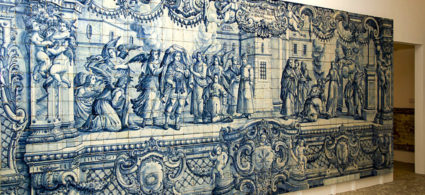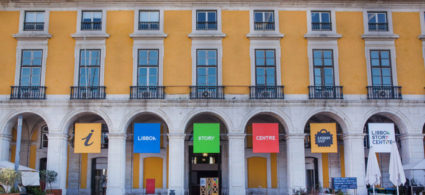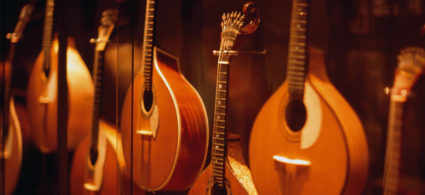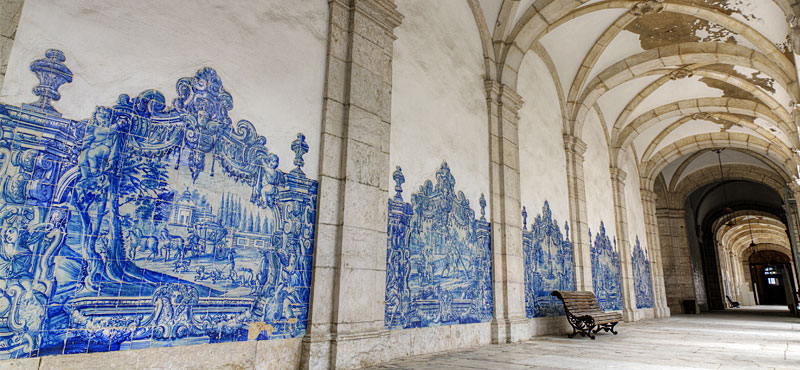

Maybe museums can not be considered the first attraction of Lisbon, as this enchanting city is more famous because of its beautiful panoramic views, the narrow streets around the Alfama district, and the steep up and down rides of trams and cable cars.
Lisbon is an unexpected capital of culture filled with museums and art galleries, which may not be famous internationally like the Louvre or the Van Gogh museums, but which are still well cured and interesting.
Visiting the museums of Lisbon is the best way to discover the city and learn more about its charming history, its traditions, and artistic expressions like the fado, the moving Portuguese music genre, or the azulejos, the colorful tiles used to decorated houses and monuments.
Here comes a list of ten museums you can’t miss in Lisbon. This is just a small selection, as the city has so much more to offer. There is so much to see that you could spend a whole week only visiting museums!
A piece of advice: make a list of the museums you want to visit and add some extra addresses; rainy days are very rare in Lisbon, but in case of rain you will find out that there is always something to do in Lisbon!
Visiting many museums has a cost that could significantly affect your holiday budget. To get around this problem without giving up visiting all the museums that interest you, we recommend purchasing the Lisboa Card, Lisbon’s tourist card that allows free or discounted entry to Lisbon’s most important attractions, as well as unlimited use of public transport.
Those times when history museums where so boring and one would only visit them on a school trip are over; now these structures are interactive museums capable of stimulating the five senses of every visitor. You will have plenty of fun visiting the history museums of Lisbon.
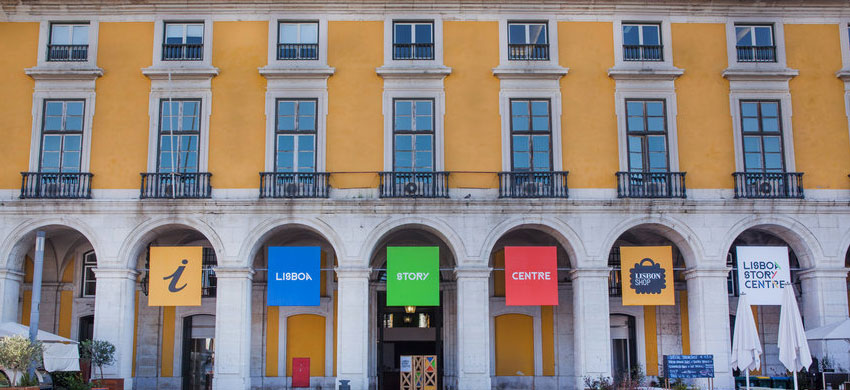
Dive into the events that have written the history of Lisbon thanks to a series of multimedia devices and sensorial experiences available at the Lisboa Story Center. From the first settlements on the hills, the fist great discoveries that brought some huge prosperity to Portugal; the devastating earthquake of 1755 and the monumental reconstruction venture ordered by the Marquis of Pombal, who managed to bring Lisbon to its old splendor.
This very modern museum located in the elegant Commerce Square was designed to guide you through the most important steps of the history of Lisbon, just as if you were living those events in first person.
The most fascinating museums to visit in Lisbon are the ones dedicated to two strong national traditions: fado music and azulejos.
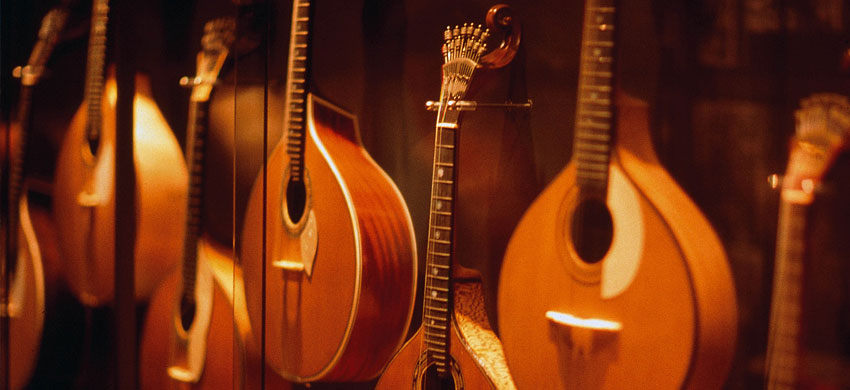
Attending a fado exhibition may make you fall deeply in love with this moving music genre.
Indulge this new feeling by visiting the Fado Museum, where you will find all sorts of tools and memory connected to fado: arrangements, musical instruments, manuscripts, stage costumes, licenses, contracts, pictures, personal objects that belong to musicians, composers, and other personalities who have written the history of this music genre.
The museum is located in the Alfama district, which is considered the district of fado. The museum was created in collaboration with several fado protagonists; it is an authentic museum, just like a declaration of love.

If the Fado Museum wasn’t enough for you, then visit the house of the singer who made this music genre famous worldwide: the Amalia Rodrigues Museum is located inside the house where the most famous fado singer of all times used to live.
A woman gifted by an extraordinary voice and a strong temperament, Amalia Rodrigues was often compared to internationally famous singers like Maria Callas e Ella Fitzgerald. Come and discover the life and the career of the “voice of Portugal”.

The most famous Portuguese decorative elements are the azulejos, that is to say white and blue or colourful tiles used to decorate the facade of houses, churches, and monuments.
Azulejos are such an important artistic form that defines the Portuguese identity that a national museum was opened with the aim of preserving, studying, and showcasing these works of art to the public.
Located inside the Madre Deus former convent, it is a really unique museum that you will not find anywhere else. It is highly recommended to whomever loves art or wants to learn more about Portugal.
Visiting the National Museum of Azulejos you will be able to travel through more than 500 years of history of Portuguese tiles and admire an exhibition of azulejos from the XV to the XX century, of all origins, sizes, and decors (featuring floral or geometrical patters, religious subjects, or scenes of everyday life).
One of the main pieces of the museum is the panel that illustrates the city of Lisbon before the devastating earthquake of 1700. Do not miss it!
They may not be as famous as the Louvre or the British Museum, however art museums in Lisbon are real gems that deserve to be discovered. A series of exhibitions located inside very elegant museum halls will make art lovers very happy.
The Museo Nacional de Arte Antiga is the most important art gallery of Portugal. It is located inside an elegant palace from the XVII century owned by the Count of Alvor; later on, the palace was used as the residence of the Marquis of Pombal.
The museum exhibits an extraordinary collection of Portuguese paintings and sculptures dating back to different years, as well as pieces coming from Europe, Africa, and the Far East. You can take the most of the museum in one hour or take your time and explore every single hall in about 4 hours.

The Gulbenkian Museum exhibits the eclectic private collection of the very rich businessman Calouste Gulbenkian: you will find a series of pieces of art including Egyptian, Roman, and Greek finds, art objects from the east, Armenia and Mesopotamia, European paintings and an incredible collection of art nouveau works by René Lalique.
The most modern museum of Lisbon is Maat – Museum of Art, Architecture, and Technology which exhibits temporary and permanent contemporary art collections.
The museum is located inside an innovative building in the Belém district; it represents the result of the collaboration of some of the world’s highest qualified creatives and art professionals.
Belém is home to several tourist attractions; you can easily spend a whole day visiting the great monuments celebrating the maritime discoveries of Portugal and its museums. Here come the museums you should not miss in Belém, including the MAAT museum.
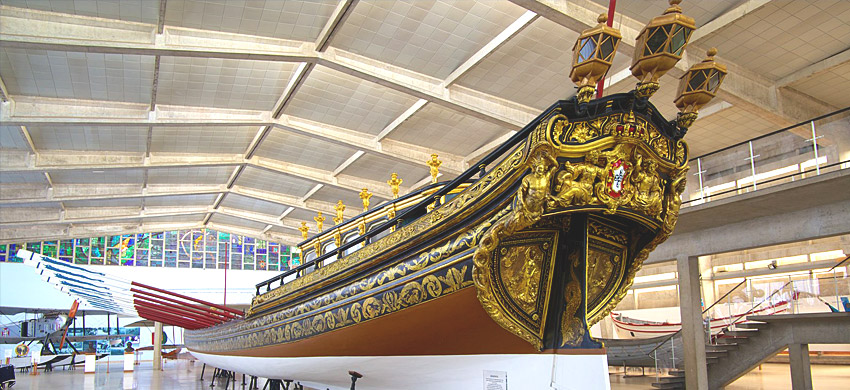
Another unmissable museum located in the Belém district is the Maritime Museum, which will take you back to the glorious times of the maritime discoveries of Portugal thanks to a collection of more than 1700 pieces, including more than 400 naval models and 30 richly decorated ships (some perfectly preserved), besides scale models, relics, astrolabe, tools, and documents.
Visiting the Maritime Museum is highly recommended to whoever is traveling with kids; the museum is located inside the Jeronimos Monastery, which is one of Lisbon’s most famous attractions.
Dream about being a noble person from the past or a businessman traveling into town by visiting the Museum do Coches, a museum founded in 1905 that exhibits a collection of Portuguese royal coaches from the XVII to the XIX century.
The cultural center, founded in 1999, is an exhibition center dedicated to the new artistic movement with temporary and permanent exhibitions, workshops, and events.
A wing of the Belém Cultural Center is occupied by the Design Museum which exhibits more than 200 furnitures, jewels, and tools that have written the history of design within the last sixty years.
In the following map you can see the location of the main places of interest mentioned in this article.
Ten museums are not enough? Here come some other ideas:
And we could keep going. Do you trust us when we say that Lisbon is a real capital of culture?
City Card allow you to save on public transport and / or on the entrances to the main tourist attractions.

